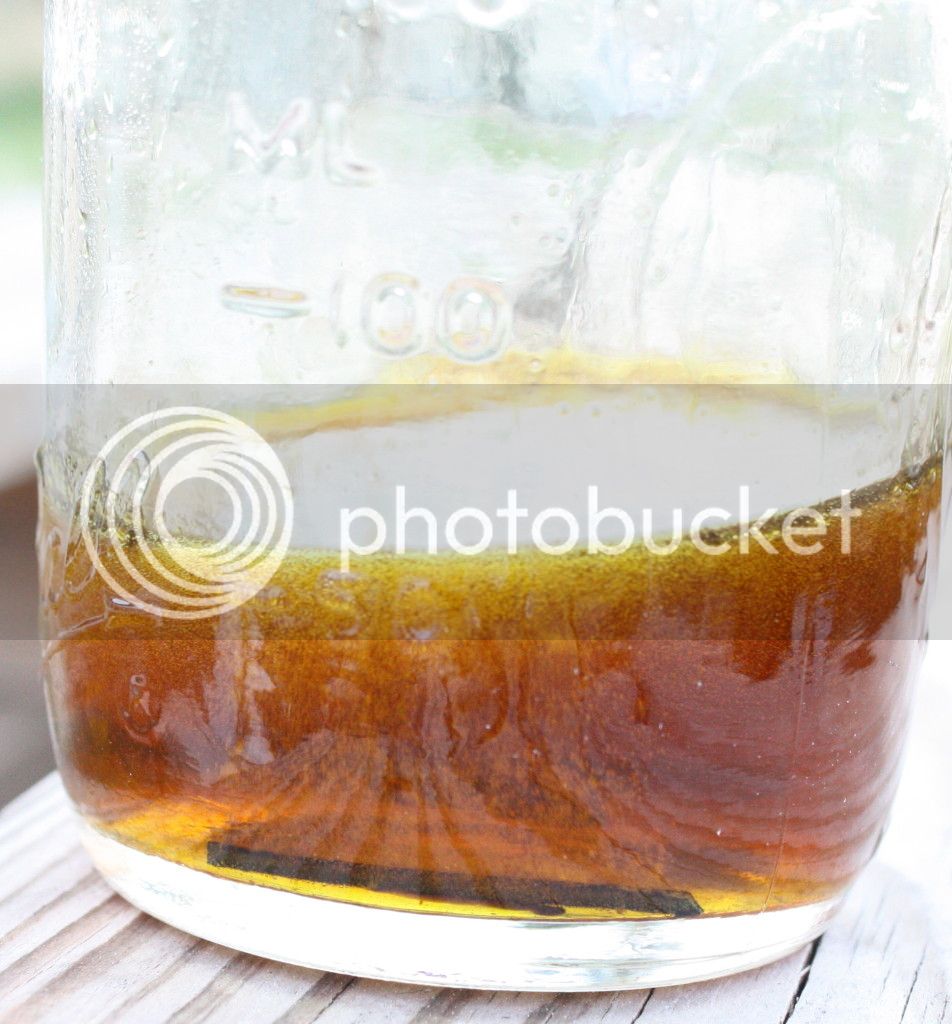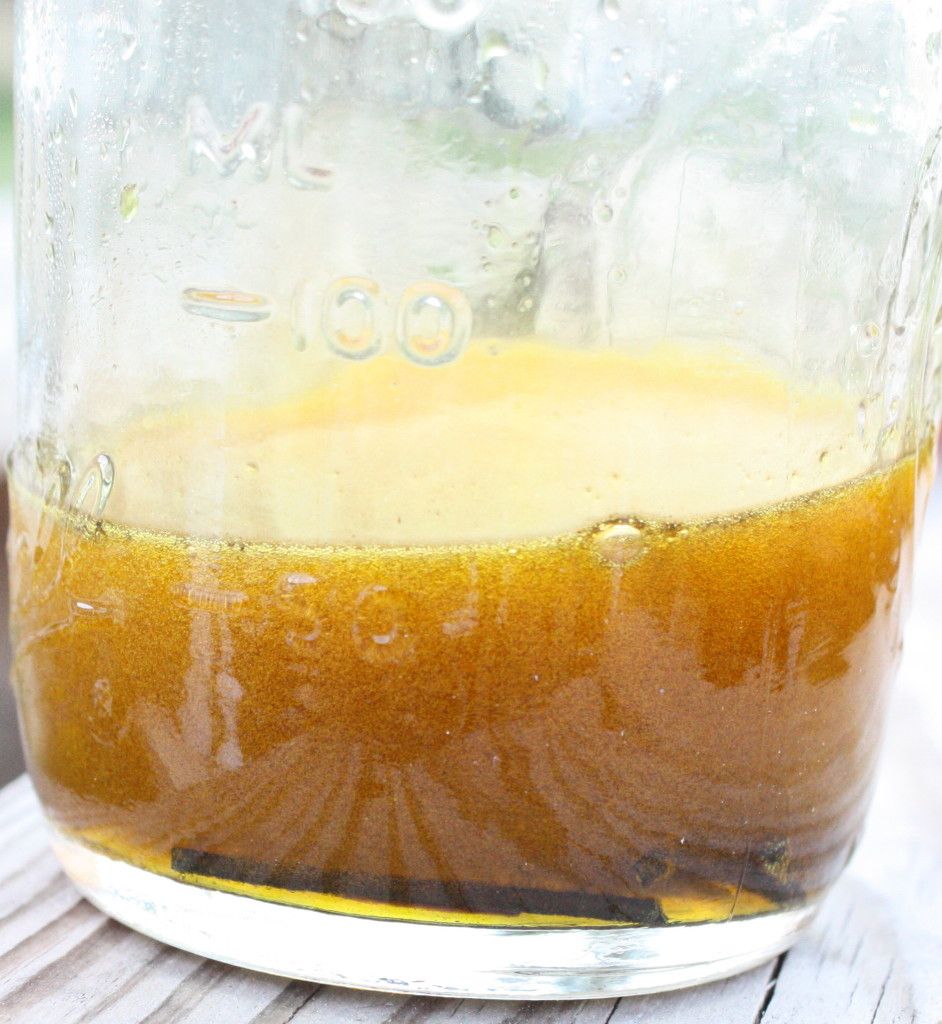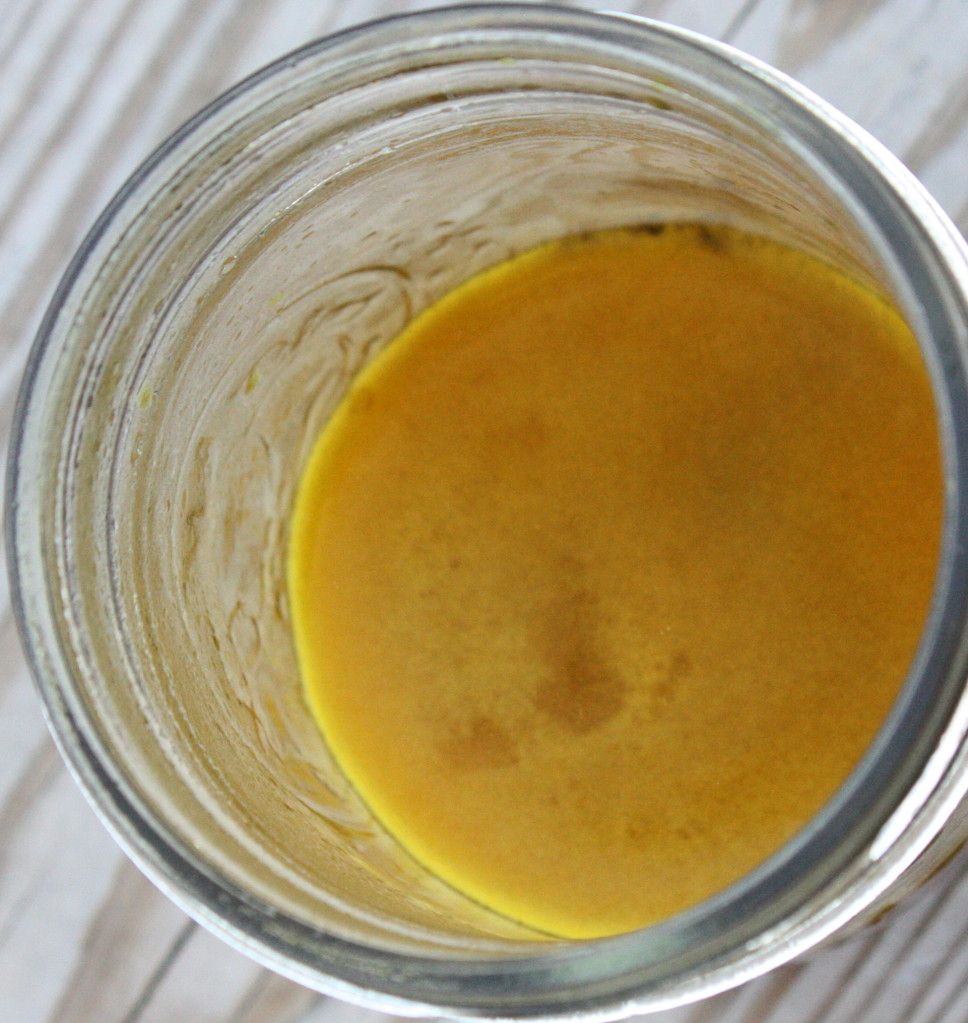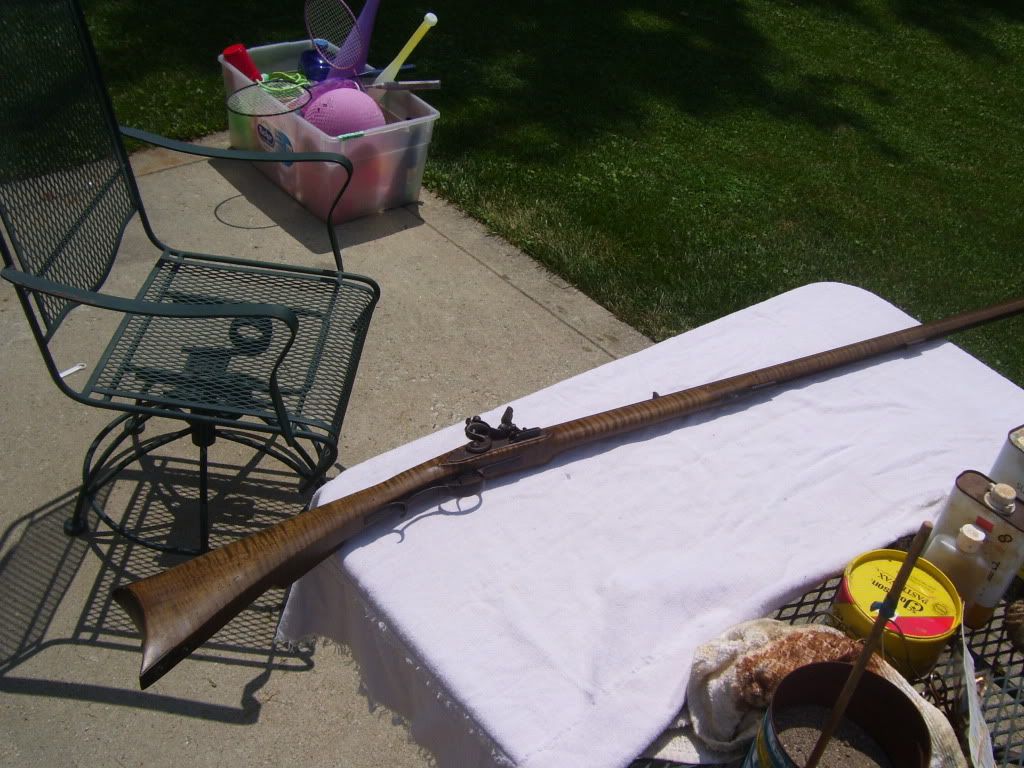ApprenticeBuilder
58 Cal.
- Joined
- May 27, 2006
- Messages
- 2,528
- Reaction score
- 189
So,
I am in the process of improving my chances at success with using the old ways of staining the rifle stock.
I have done some reaserch on the subject and have located several sources of both raw materials and what seems like ready to apply.
Many months back I purchased a bottle of the waukon bay solution figuring that I would have a simplified go at this process, upon further research I found this quote from a very accomplushed builder
In my searches I have found other information and so I have questions, here is another quote from a chemical supply company.
So if nitric acid is also known as aqua fortis does this imply that I need to do nothing further than purchase the acid and apply it to the stock wood, or does it require iron dissolved into solution to complete the process ?
I have located a chemical supply company that will ship either nitric acid, or ferric nitrate to my door.
I am in the process of improving my chances at success with using the old ways of staining the rifle stock.
I have done some reaserch on the subject and have located several sources of both raw materials and what seems like ready to apply.
Many months back I purchased a bottle of the waukon bay solution figuring that I would have a simplified go at this process, upon further research I found this quote from a very accomplushed builder
Please be aware that if you buy Wahkon Bays aqua fortis you are really buying aqua regia and the results will not be the same.
In my searches I have found other information and so I have questions, here is another quote from a chemical supply company.
nitric acid (HNO3), also known as aqua fortis and spirit of nitre, is a highly corrosive and toxic strong mineral acid which is normally colorless but tends to acquire a yellow cast due to the accumulation of oxides of nitrogen if long-stored. Ordinary nitric acid has a concentration of 68%.
So if nitric acid is also known as aqua fortis does this imply that I need to do nothing further than purchase the acid and apply it to the stock wood, or does it require iron dissolved into solution to complete the process ?
I have located a chemical supply company that will ship either nitric acid, or ferric nitrate to my door.












